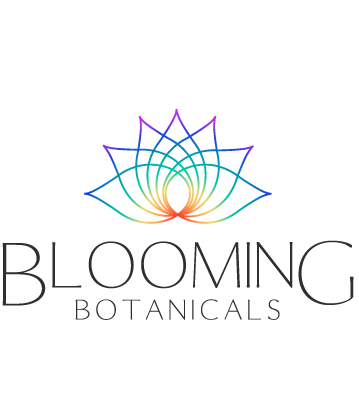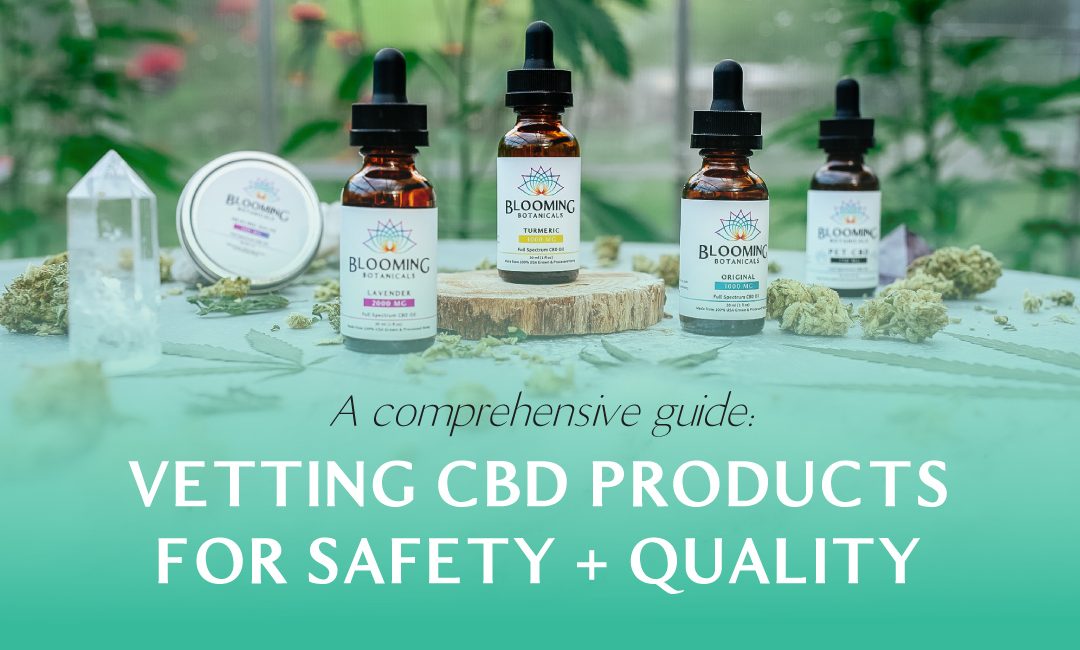
CBD (cannabidiol) works by interacting with the body’s endocannabinoid system (ECS). Which is a complex network of receptors, enzymes, and molecules that help regulate various bodily functions such as pain, inflammation, mood, and sleep.
It binds to and activates cannabinoid receptors. These are found throughout the body, including in the brain, immune system, and nervous system, to interact with the ECS.
It specifically binds to two primary cannabinoid receptors: CB1 receptors, primarily located in the brain and nervous system. And CB2 receptors, primarily located in the immune system and peripheral tissues.
What Is CBD?
CBD (short for cannabidiol) exists as a natural compound within the cannabis plant.

It is one of over 100 different cannabinoids that have been identified in cannabis. It is not psychoactive like THC (tetrahydrocannabinol), which is the cannabinoid that produces the “high” associated with marijuana use.
Cannabidiol has gained popularity in recent years for its potential therapeutic benefits. This includes reducing pain and inflammation, alleviating anxiety and depression, and improving sleep.
It is available in various forms, including oils, tinctures, capsules, edibles, and topicals. It is legal in many countries around the world, as long as it contains less than 0.3% THC.
How Does CBD Work?
Cannabidiol is arguably one of the most widespread and versatile molecules capable of providing support to the human body. CBD’s interaction with serotonin receptors may explain its effectiveness as an antidepressant, anxiolytic (anti-anxiety), and even a neuroprotective (brain-protecting) chemical.
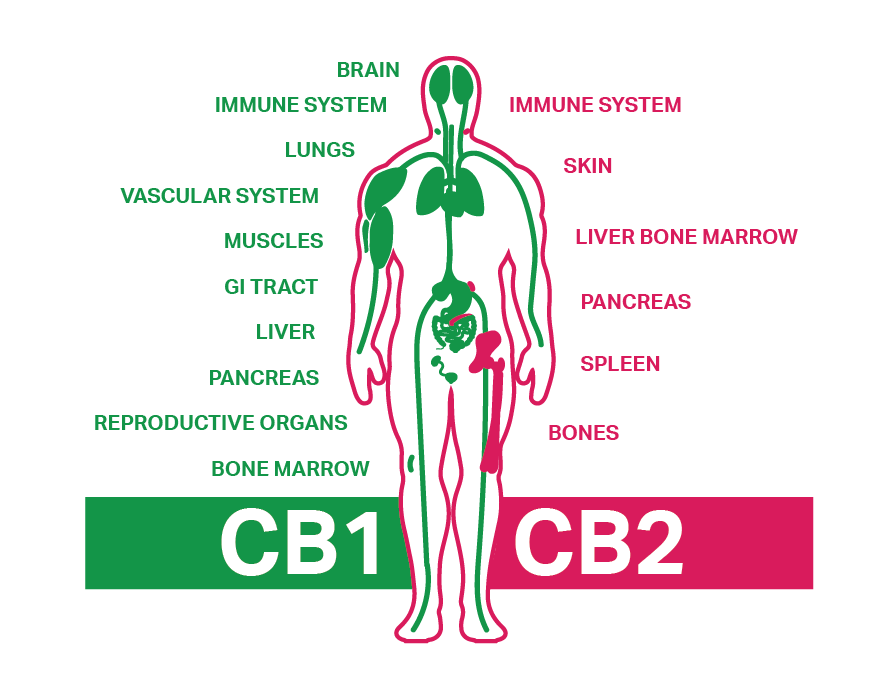
CBD (cannabidiol) works by interacting with the body’s endocannabinoid system (ECS). A complex system of receptors, enzymes, and endocannabinoids that plays a crucial role in maintaining homeostasis (balance) in the body.
The ECS regulates a broad spectrum of physiological functions, including mood, appetite, sleep, pain, inflammation, and immune function.
It interacts with the ECS through the binding of cannabinoid receptors, primarily the CB1 and CB2 receptors. These receptors are distributed throughout the body.
However, Cannabidiol does not bind directly to these receptors like THC (tetrahydrocannabinol) does. Instead, it modulates the activity of these receptors and other receptors and enzymes in the ECS, leading to a variety of effects.
What Are The Health Benefits of CBD?

CBD is recognized for its anti-inflammatory, analgesic, and anxiolytic properties. Here are some of the most common types of effects:
Pain Relief
These products have been shown to have analgesic (pain-relieving) properties. They may be helpful for reducing pain and inflammation associated with conditions like arthritis, neuropathy, and chronic pain.
The ECS is a complex network of receptors and signaling molecules that helps regulate a wide range of bodily functions, including pain perception.
It may interact with the ECS to modulate pain signals and reduce sensitivity to pain.
Anxiety and Depression
Cannabidiol may exhibit anxiolytic (anti-anxiety) and antidepressant effects. It has demonstrated its utility in alleviating symptoms of anxiety and depression in certain individuals.
The ECS is a complex network of receptors and signaling molecules that helps regulate a wide range of bodily functions. These have included mood and anxiety.
CBD may interact with the ECS to modulate the activity of neurotransmitters like serotonin, which are involved in regulating mood.
Improve Sleep
Poor sleep is a common symptom of anxiety and depression. Cannabidiol may help improve sleep quality and reduce insomnia, which can in turn improve mood and reduce anxiety.
Research has demonstrated its ability to decrease REM (rapid eye movement) sleep, the stage of sleep where most dreaming occurs. By reducing REM sleep, CBD may help improve the quality of non-REM sleep, which is the more restful stage of sleep.
Seizures
CBD has demonstrated its effectiveness in reducing seizures in individuals with specific forms of epilepsy. Such as Dravet syndrome and Lennox-Gastaut syndrome.
Cannabidiol may regulate the release of neurotransmitters like glutamate and GABA. These play a role in controlling seizure activity in the brain.
By reducing glutamate release and enhancing GABA signaling, CBD may help reduce the likelihood of seizures.
Neuroprotective Effects
CBD has shown to have antioxidant properties that may be helpful for reducing oxidative stress and protecting the brain from damage.
Oxidative stress is a process that occurs when there is an imbalance between the production of reactive oxygen species (ROS) and the body’s ability to neutralize them with antioxidants.
Researchers have linked oxidative stress to a range of neurological disorders, including Alzheimer’s disease and Parkinson’s disease.
Skin Conditions
Cannabidiol may be helpful for treating skin conditions like acne, psoriasis, and eczema by reducing inflammation and regulating sebum production.
It has been shown to reduce pain and inflammation by inhibiting the release of pro-inflammatory cytokines and enhancing the activity of anti-inflammatory cytokines.
However, its interaction with the ECS is thought to be a key mechanism underlying many of its effects. It shows promise as a natural, non-intoxicating therapy for a wide range of health conditions.
How Is CBD Produced?
You can extract cannabidiol from this raw hemp using various methods. The ‘gold-standard’ method of extraction is supercritical CO2, but each method has its pros and cons.

It’s important to note that the quality can vary greatly depending on the methods used for extraction and processing.
Producers extract CBD (cannabidiol) from hemp plants using various methods:
CO2 Extraction
This is the most common method for producing high-quality CBD. It involves using carbon dioxide under high pressure and low temperature to extract the Cannabidiol and other beneficial compounds from the hemp plant. This method is safe and efficient and produces a pure, potent CBD extract.
Solvent Extraction
This method involves using solvents like ethanol or butane to extract the Cannabidiol and other compounds from the hemp plant. While effective, this method can leave behind residual solvents in the final product. These can be harmful if not properly removed.
Olive Oil Extraction
This method involves steeping the hemp plant in olive oil to extract the Cannabidiol and other compounds.
Although safe and simple for home use, this method yields a low-potency CBD extract. It is not a standard choice for commercial production.
Once hemp-derived Cannabidiol has undergone extraction, it becomes amenable to further processing to create a variety of product forms, including oils, tinctures, capsules, topicals, and edibles.
CBD extract can also be blended with other ingredients to formulate various products with different compositions and potencies.
What Ingredients To Look For In CBD?
The first step is to differentiate between the types of CBD being presented: isolate, broad spectrum, or full spectrum.

When looking for CBD products, it’s important to look for high-quality products that contain natural, organic ingredients. Here are some ingredients to look for in these products:
Full-Spectrum or Broad-Spectrum CBD
These products contain all or most of the compounds found in the hemp plant, including cannabinoids, terpenes, and flavonoids. This can enhance the therapeutic effects of CBD and produce an “entourage effect.”
Carrier Oils
CBD products often contain carrier oils to improve absorption and bioavailability. Look for high-quality carrier oils like MCT oil, hempseed oil, or coconut oil, which are rich in healthy fats and nutrients.
Essential Oils and Herbal Extracts
Some CBD products may contain additional ingredients like essential oils or herbal extracts. These can enhance the therapeutic benefits of Cannabidiol and provide additional health benefits.
Organic ingredients
Search for products made with organic, non-GMO ingredients to ensure they lack harmful chemicals and pesticides.
By looking for these products that contain natural, organic ingredients and avoiding products that contain harmful chemicals or additives, you can ensure that you are getting a safe and effective product.
Additionally, conducting your research and purchasing from reputable companies that furnish third-party lab test results is essential to guarantee the accuracy of their product labeling and the absence of contaminants.
What Type Of CBD Is Most Effective?
CBD Isolate
CBD isolate is a pure, crystalline powder that contains 99% or higher CBD (cannabidiol) content.
It’s a refined type of Cannabidiol extract that eliminates all other compounds and cannabinoids found in the hemp plant. This includes THC (tetrahydrocannabinol), the psychoactive component of cannabis.
As a result, this isolate product is free of any traces of THC and other plant material. Making it a popular choice for those who want to avoid THC or any other plant compounds.
CBD isolate is often used as an ingredient in various products, such as edibles, tinctures, and topicals. It can also be consumed on its own by mixing it with a carrier oil or adding it to food or drinks.
Broad Spectrum CBD
Broad-spectrum CBD is a type of Cannabidiol extract that contains various cannabinoids and other beneficial compounds found in the hemp plant, except for THC.
Unlike CBD isolate, which contains only pure Cannabidiol. Broad-spectrum CBD contains other cannabinoids such as CBG, CBN, and CBC, as well as terpenes, flavonoids, and other plant compounds that work together to create what is known as the “entourage effect.”
The entourage effect is the idea that the various compounds found in the hemp plant work synergistically to enhance each other’s effects, resulting in a more potent and effective product.
Broad-spectrum CBD is ideal for those who want to experience the entourage effect without the psychoactive effects of THC.
It’s important to note that the composition of broad-spectrum CBD products can vary depending on the manufacturer. So, it’s important to choose a reputable brand that uses high-quality hemp and tests its products for purity and potency.
Full Spectrum CBD
Full-spectrum CBD is a type of Cannabidiol extract that contains all the cannabinoids, terpenes, flavonoids found in the hemp plant. This includes THC (tetrahydrocannabinol) at levels below the legal limit of 0.3%.
This means that full-spectrum CBD products can potentially produce psychoactive effects because of the presence of THC, although the levels are low and not enough to cause a “high” in most people.
Similar to broad-spectrum CBD, full-spectrum CBD also experiences the entourage effect, which results from the synergistic interaction of all the compounds present in the hemp plant.
This means that full-spectrum CBD products may be more effective than isolated CBD products due to the presence of other cannabinoids and terpenes that work together to enhance the therapeutic effects of CBD.
How To Read A CBD Product Label?
Reading a CBD product label can help you understand what you’re purchasing and how to use it properly.
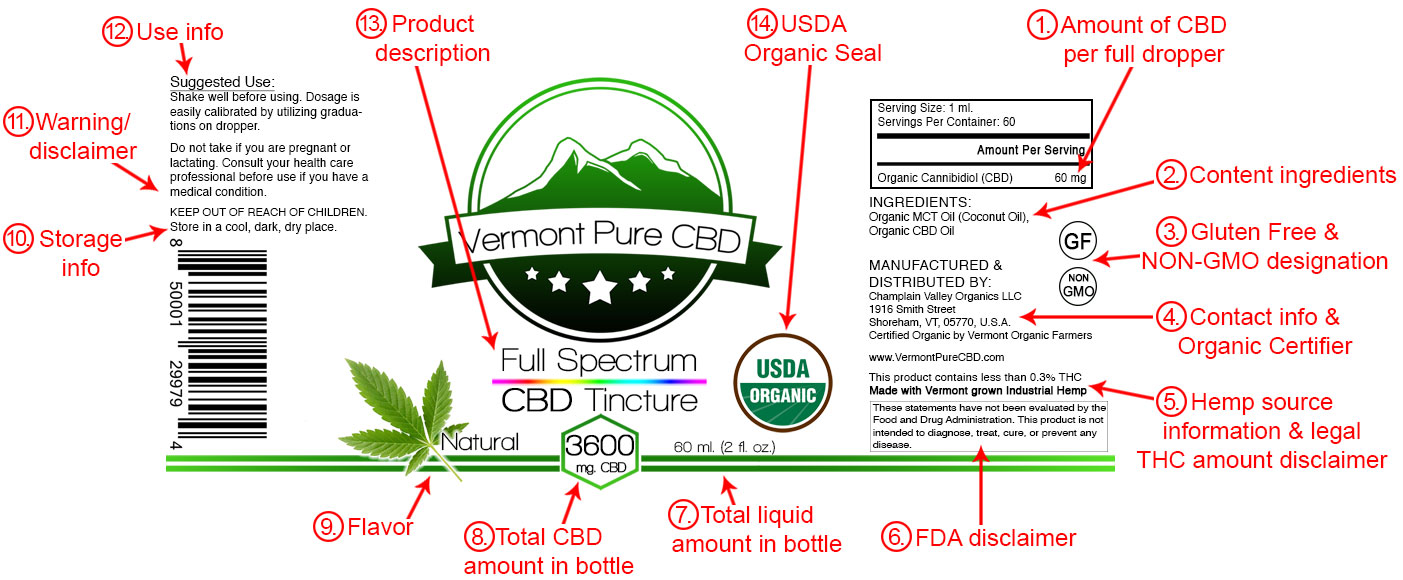
Here are some key things to look for when reading a CBD product label.
Total CBD Content
Look for the total amount of CBD in the product, usually listed in milligrams (mg). This will help you understand the strength of the product and compare it to other products.
Serving Size
Check the suggested serving size to help you determine how much CBD you should take at once. This will depend on factors such as your body weight and the reason you are taking CBD.
Type Of CBD
Determine whether the product contains full-spectrum, broad-spectrum, or CBD isolate. Full-spectrum products contain all the cannabinoids and other compounds found in the hemp plant, while broad-spectrum products contain all the compounds except for THC. CBD isolate products contain only pure CBD.
Other Ingredients
Look for other ingredients listed on the label to make sure there are no ingredients that you may be allergic to. Also, some products may include additional beneficial ingredients like essential oils or vitamins.
THC Content
Check the THC content on the label. Under federal law in the United States, CBD products must contain less than 0.3% THC to qualify as legal.
Manufacturer Information
Look for information about the company that produced the product, including contact information and a website. This can help you research the company’s reputation and ensure that you are purchasing from a reputable source.
QR Code or Batch Number
Some labels may include a QR code or batch number that allows you to access the product’s lab test results, also known as a COA. This can help you ensure that the product is of high quality and contains the advertised amount of CBD.
By paying attention to these key factors, you can make an informed decision when selecting a CBD product and ensure that you are getting a high-quality, safe, and effective product.
How To Avoid Fake CBD Oil
Always opt for CBD tested by a brand willing to furnish a Certificate of Analysis for the product.
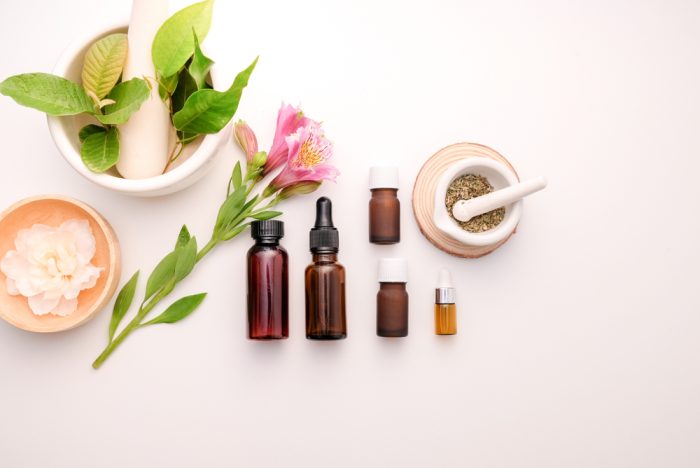
Depending upon their preferred processing method, some consumers also consider isolate as lower quality than full spectrum CBD.
If you cannot readily locate test results for the CBD you’re contemplating, it’s probable that it has not undergone testing.
Inadequately processed CBD oil might contain hazardous solvent and pesticide residues, thinning agents, corn syrup, artificial flavors, colors, and other toxins.
When shopping for CBD products, there are some ingredients that you may want to avoid, as they may be harmful or may reduce the effectiveness of the product. Here are some ingredients to watch out for:
Propylene Glycol (PG) and Vegetable Glycerin (VG)
Manufacturers frequently use these ingredients as thinning agents in CBD vape oils and e-liquids, but when heated and inhaled, they can become harmful, leading to throat and lung irritation.
Artificial Colors and Flavors
Some CBD products may contain artificial colors and flavors to make them more appealing, but these ingredients can be potentially harmful and may have negative effects on your health.
High-Fructose Corn Syrup (HFCS)
Many foods and beverages commonly use this sweetener, but its consumption in substantial quantities can be harmful to your health and may also diminish the effectiveness of CBD.
Alcohol
Some CBD tinctures and other products may contain high amounts of alcohol, which can cause irritation and dryness in the mouth and throat.
Pesticides and Other Contaminants
Seek products that carry organic certification or undergo testing for contaminants like pesticides, heavy metals, and residual solvents. These contaminants can be harmful to your health and may reduce the effectiveness of the CBD.
Parabens
Certain CBD topicals and skincare products might include parabens, synthetic preservatives associated with adverse health effects and potential harm to your skin.
By steering clear of these ingredients and searching for high-quality CBD products crafted from natural, organic components, you can guarantee the safety and effectiveness of the product.
What Is A Certificate of Analysis?
A Certificate of Analysis (COA) is a document that provides information about the quality, purity, and composition of a product. It is typically provided by a third-party laboratory that has tested the product to ensure that it meets certain standards or specifications.
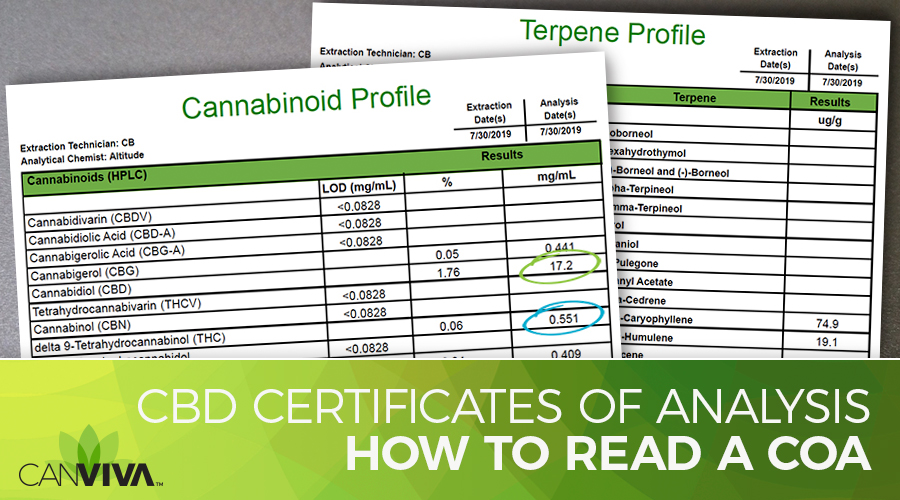
In the context of CBD products, a COA will typically include information about the levels of cannabinoids (including CBD and THC), terpenes, and other compounds present in the product.
The report will also provide information regarding any contaminants or impurities, such as pesticides, heavy metals, or residual solvents, that testing has identified.
A Certificate of Analysis (COA) is a crucial tool for consumers to verify a product’s quality and safety, and regulatory agencies often mandate its use to ensure adherence to industry standards.
It is advisable that consumers consistently review a CBD product’s COA before making a purchase to ensure it aligns with their requirements and expectations.
Where To Buy CBD Products Online
When you shop for CBD products online, it is important to do your research and choose a reputable retailer that offers high-quality products and transparent information about their sourcing, manufacturing, and testing processes.

It is also a good idea to review the product’s COA to ensure that it contains the desired levels of CBD and other cannabinoids, and does not contain any harmful contaminants.
Here are some general tips for shopping for CBD products online:
- Read product reviews: Look for products with positive reviews from verified customers to get an idea of their experiences with the product.
- Check for COAs: Make sure the product you are considering has a recent COA that verifies its potency and purity.
- Look for transparent labeling: Look for products with clear and transparent labeling that includes information about the product’s ingredients, potency, and suggested use.
- Consider the source of the hemp: Look for products made with hemp grown in the US or Europe, as these regions have strict regulations for hemp cultivation.
- Be wary of health claims: Be cautious of products that make bold health claims, as these claims are not backed by the FDA and may be misleading.
It’s important to note that the quality of CBD products can vary greatly depending on the methods and equipment used for extraction and processing.
Therefore, it’s important to choose a reputable manufacturer that uses high-quality hemp, follows good manufacturing practices, and tests its products for purity and potency.
